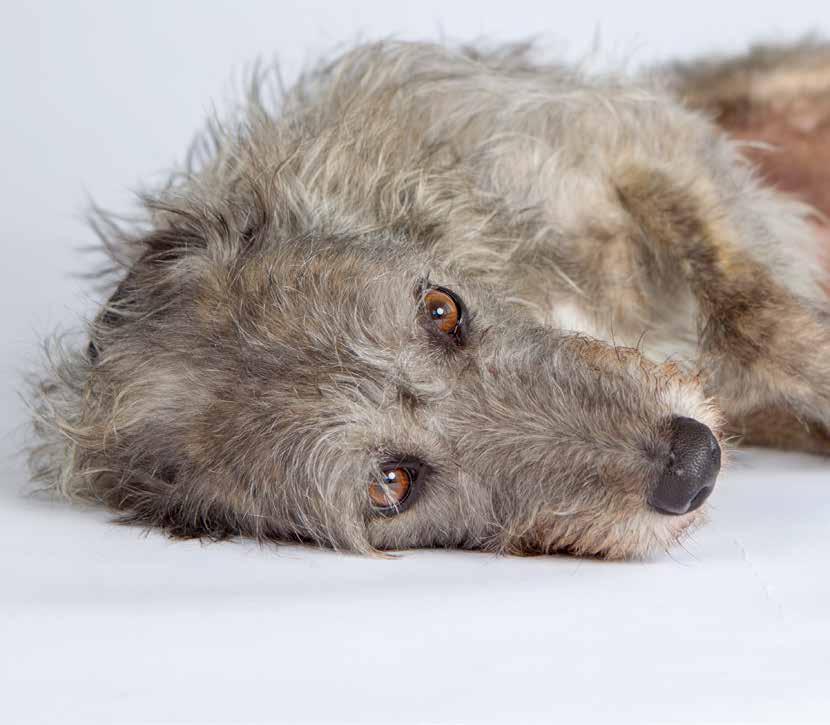
3 minute read
LIFE AFTER LOCKDOWN
Doggy difficulties? Dog behaviour expert, Alan Grant, explains how you can help your dog cope if you won’t be at home as much.
Is your dog struggling to adjust to life after lockdown?
Advertisement
Boredom and separation anxiety can be displayed in different ways. Here are some signs to look out for:
Chewing or scratching shoes, furniture or any item that is not one of their toys; Having an accident in the house; Constant barking, crying or howling when you are not there; Loss of appetite
Separation anxiety
Unfortunately, there is no one solution to treat separation anxiety. What works for one animal might not work for another. Each pet will display different symptoms and must be treated individually. Speak to a vet or a reputable behaviourist to work out a programme to help your pet.
Do not lock your pet in a crate when you are not at home unless you have spoken to a professional. This can sometimes make separation anxiety worse as your dog is confined to a small space.
LIFE AFTER LOCKDOWN
Exercises to help stop separation anxiety developing
There are some steps you can take to help your dog cope when you might not be at home as much. To get them used to being away from you, you can:
Leave them home alone when you go out; Spend time in another room away from your dog or use a barrier such as a puppy gate to keep them separated from you; Spend time in the garden with your dog inside; Create a safe space where your dog feels comfortable with their bed, familiar smells and toys; Hide treats around the house to keep your dog occupied when you are out; Provide them with fun activities such as chews, safe favourite toys, Kongs or activity feeders that will keep them mentally stimulated without you.
You will have to repeat these exercises to get your pet used to being alone so it will require time and patience. If your dog exhibits behaviours such as barking or whining, these could be signs of stress at being away from you. Don’t shout or punish your pet as this will cause even more distress and could make behavioural issues worse.









